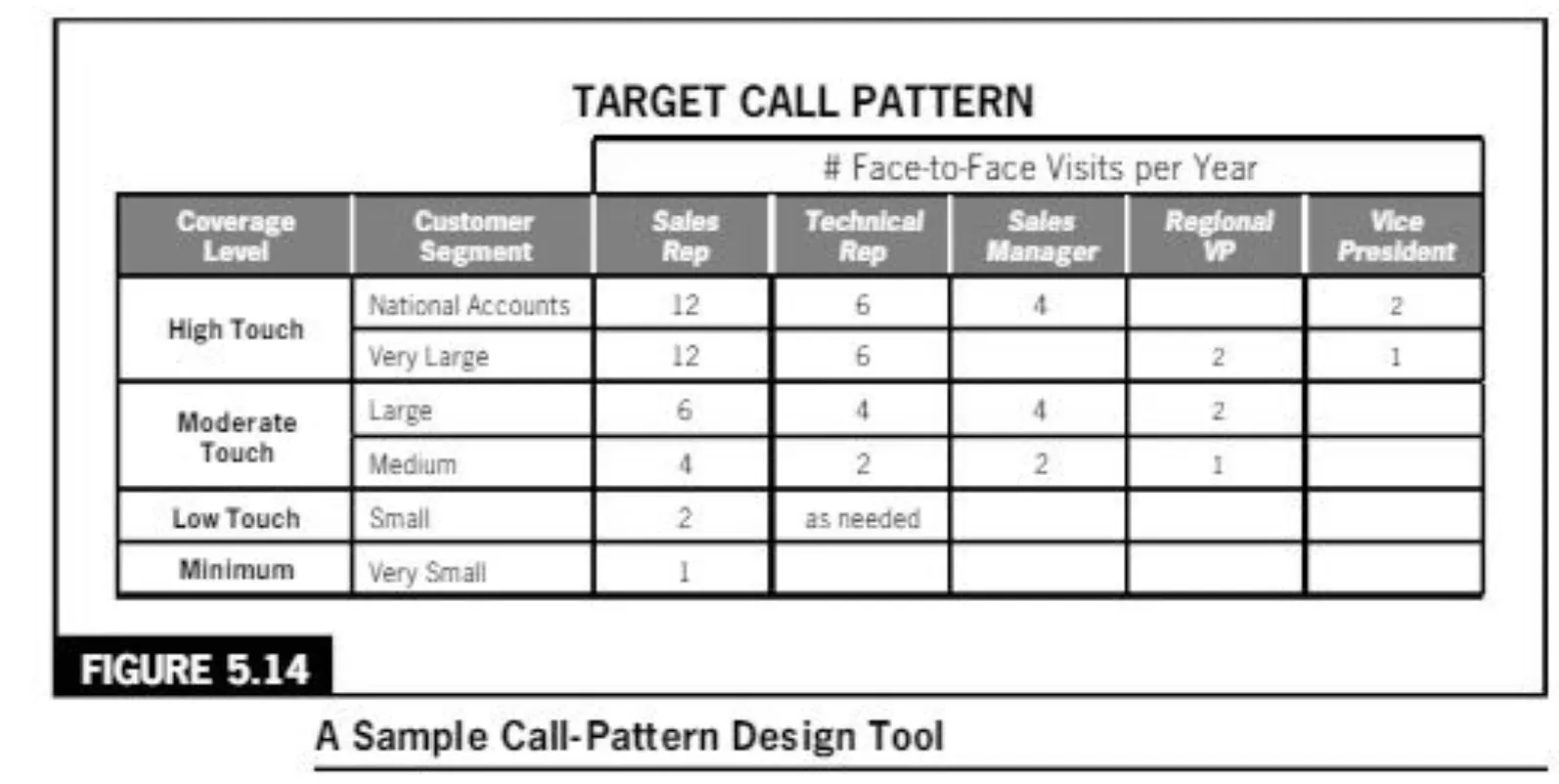
Channel account managers using a territory management process often build partner business plans and have a list of partner leads that they can contact on a regular basis. Whether they’re targeting partners from a specific industry, location, or company, they’ll manage to collect email addresses and contact numbers to cover their sales territory. Unfortunately, not all partners deserve your attention. Salespeople must build business plans for partners that are likely to purchase or recommend their product to the end customer.
Why are salespeople targeting the wrong partners?
Many organizations fall victim to the hit-your-numbers mentality. The partner focus is ignored as salespeople are pressured to target every partner possible.

When an organization issues orders, it’s unacceptable for members to deviate from the plan. Even if they reach their sales target, they took a big risk to achieve a short-term objective. That’s why sales managers must learn to properly coordinate between partner-facing salespeople and the top executives of the company. Hence, getting told by executives and higher-ups to “do more” only leads to targeting the wrong partners. Since salespeople have limited time and resources, here are some tips for finding ideal partners in order to build the right partner business plan.
4 steps for finding the right partners
In Jason Jordan's book titled, "Cracking the Sales Management Code" he outlines a 4-step process that territory managers can do to succeed. We adapted the steps in the context of partner management. These include the following:
- Prioritize partners
- Define territories
- Design Outreach Patterns
- Execute Outreach
Step 1: Prioritize partners
Who are your target partners?
Your partner focus should outline the steps for identifying high-priority partners. Let salespeople target individuals who will likely recommend and purchase your products or services.
Step 2: Define territories
Territory often refers to a geographic land area, but it may seem virtual in the sales industry. A channel account manager may be assigned to handle accounts in Germany. In this example, the sales territory may refer to specific businesses or industries in the area. Accounts don’t need to be in close proximity either, they just need to be assigned to a sales rep.
Defining a territory is not just about dividing a chunk of land. Ideally, it involves a quantitative process. Each salesperson should be able to utilize 100% of their time engaging with partners to fulfill their partner focus objectives. Others have considered travel time and the timeline for closing deals in an attempt to set perfect territories. According to Jason Jordan, companies can use electronic spreadsheets to determine partner prioritization, the number of sales calls, and the number of visits that salespeople must make each year. Here’s an example of an electronic spreadsheet from the book “Cracking the Sales Management Code.”

The table segments target partners and the number of sales reps allocated for each. Managers can create their own version, as long as it helps them manage their territory. A sales territory may also change over time. An organization may shift its partner focus so managers must adapt and redefine their sales territories.
Step 3: Design outreach patterns
Next, companies must design outreach patterns. These patterns of interaction enable salespeople to determine how they can lead the partners along the partner journey.
If your focus is to boost customer and partner retention, then your call patterns should be designed for interacting with existing partners. If your focus is on a new industry, then train account managers to interact with new partners. These simple examples prove that a manager’s role in directing sales activities is crucial to a team’s success.
Step 4: Execute outreach
The final step is the execution of call patterns to reach your sales goal. When a sales team follows outreach patterns, management can easily identify the mistakes and refine sales strategy to reach their goals. But when outreach patterns are ignored, sales teams are similar to blind archers aiming for a target. Furthermore, they likely won’t achieve the sales objectives mandated by the organization.
An organization’s territory management process must be constantly refined. After all, partner focuses and sales territory usually change based on annual goals. That said, managers must redefine their priorities and activities to consistently align with their sales goals. Also, channel account managers are at the forefront of defining and targeting the right partners. Identifying territories, formulating outreach patterns, and determining prioritized partners involve analytics and strategizing that is best done by management. However, salespeople are responsible for executing these plans so these objectives are met.
Territory management done right
Let’s recap, targeting the right partners doesn’t happen by chance. Inspired by Jason Jordan, it requires a four-step process:
- Prioritize partners
- Define territories
- Design Outreach Patterns
- Execute Outreach
To get this done, management must take the lead to align sales activities with the company’s sales objectives.

The ideas from this blog post were inspired by the book “Cracking the Sales Management Code” by Jason Jordan. We understand that sales managers and executives have a busy schedule so we’ve summarized his main topic in our ebook.



